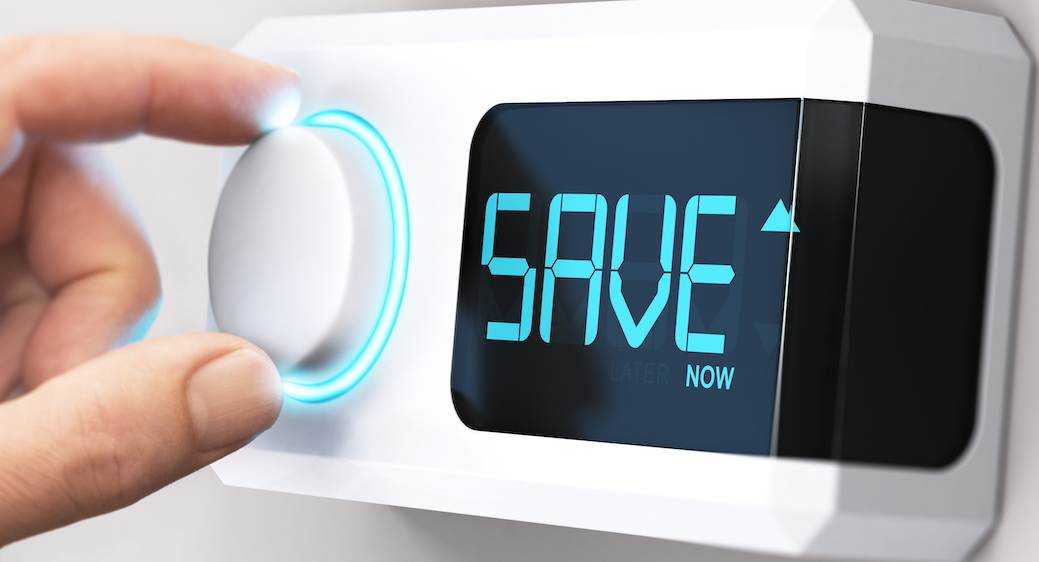
6 Ways to Cut Your Winter Electric Bills
Winter is here and here are a few tips that can help you cut your winter electric bills. With cold weather comes increased winter electric bills. With our tips, put some serious cash back in your pocket and save you as much as 20 percent on your winter electric bill
1. Dress Warm
Don’t ditch the sweater when you get home. Instead, dress a little warmer inside and turn your thermostat down. According to the California Energy Commission, for every degree you drop your thermostat in the 60- to 70-degree range, you can save as much as five percent on heating costs. It may not seem like much, but this is a small sacrifice that can save you as much as 20 percent on your winter electric bill. If you really want to take things to the next level, you can also turn the temperature down on your water heater to 120 degrees, which the U.S. Department of Energy says is safe and sanitary for most homes.
2. Make Your Home Smarter
Smart home systems — like the Learning Thermostat by Nest — automatically adjust the temperature after users set it so it can establish usage patterns and preferences. It can also adjust according to factors such as draftiness or how long it takes your home to get warm. The best part is that it does all the adjusting for you, you just enjoy the savings. According to Nest, two independent studies analyzing energy bills before and after homeowners installed Nest’s thermostat showed that it cut cooling costs by 15 percent and reduced heating usage by 10 to 12 percent. Consumers enjoyed average savings of $131 to $145 a year. Considering the Nest Learning Thermostat sells for $249, the thermostat can pay for itself in just two years.
3. Ditch Old Appliances
Old appliances are energy hogs. So, if your house is full of old appliances, you may want to consider upgrading to reduce your electricity bill. This Old House, a DIY home remodeling TV show, notes that we spend 20 percent of our electricity bill running appliances. Opting for Energy Star-qualified dishwashers, refrigerators, and dryers can dramatically reduce that percentage and save you money. Energy Star reports that a typical household can save roughly $575 per year on energy bills by using products with their certification. This means that these appliances will pay for themselves in energy savings in just a few short years. Plus, they increase the value of your home! For more tips on increasing the value of your home, check out our blog on renovations that increase your home value.
4. Get Rid of Drafts
Drafts around your windows and doors can be major energy leeches. The U.S Department of Energy offers several tips on detecting and sealing air leaks, from caulking and weatherstripping leaky doors and windows to installing foam gaskets behind outlets and switch plates on walls. This is an easy solution that can drastically increase your energy savings. The best part is that the average homeowner should be able to weatherstrip their windows and caulk their air leaks in only a few hours, and with very low material costs.
In other instances, your windows and doors may require more than just weatherstripping. If your windows and doors are old and have significant drafts that can’t be fixed by weatherstripping, it may be time to look into replacements. The good news is that we offer a free consolation to help you determine if it’s the right time to replace and whether you can retrofit or if you will need a complete window or door replacement.
5. Schedule an HVAC Physical
This one is pretty straightforward. Arrange for an HVAC professional to give your home a once-over before cold weather arrives. You can do this for less than $100 in most markets, and they will be able to spot any air duct leaks, blockages, mechanical and electronic failings, and more. A pre-season tune-up can also help prevent outages during the colder months when repairs are more urgent and cost considerably more.
6. Choose LEDs
Replacing conventional light bulbs with LED alternatives can add up to some pretty substantial savings. Energy Star-rated LED bulbs use at least 75 percent less energy and last 25 times longer than incandescent lighting, according to the Energy Department. You can also upgrade your holiday lighting to LEDs for additional savings.
These are just a few of the ways you can decrease your energy bill this winter. What are some of your favorite energy savings tips?